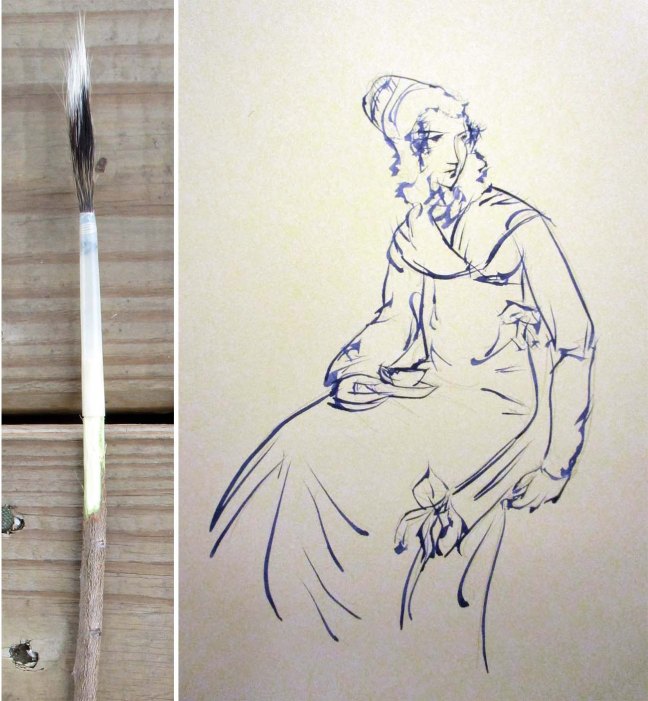I’ve been trying to make more brushes using squirrel tails. I start with soap and water and a comb. The next step is heat tempering, which makes the hair softer and more resilient. None of my sources go into detail, so I just stick them (wet) in the oven at a low temperature for half an hour. This is the first lot I’ve tempered.
Either the tempering or the soap has made the hair very slick and impossible to bind into brush heads. It bulges to one side or the other or slides right out.
I’ve tried silk thread.
I’ve tried cotton thread.
I’ve tried a sticky gum arabic/honey solution on the thread.
I’ve tried the sticky solution on the hair (that did tame it a bit).
I tried wetting the tail in water before cutting (mistake!)
I’m reluctant to turn to superglue because hard dried glue will interfere with inserting the brush head in the ferrule later. Do you think dipping the handle end of the bundle in melted beeswax would work? None of my references mention beeswax, but it might do the job.





